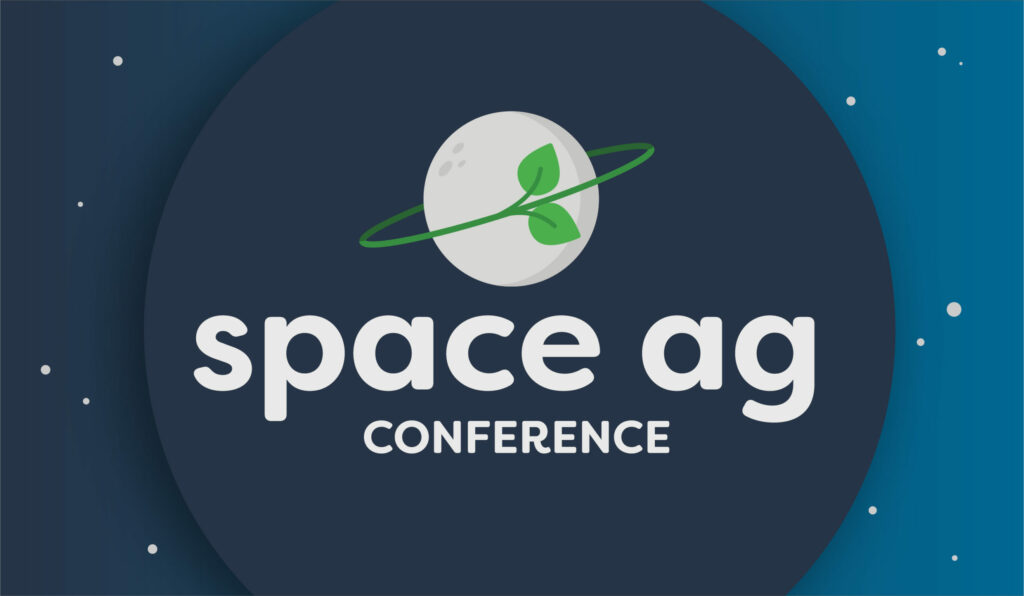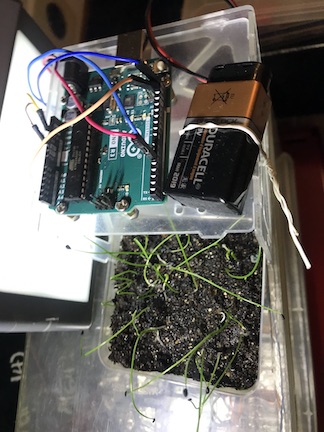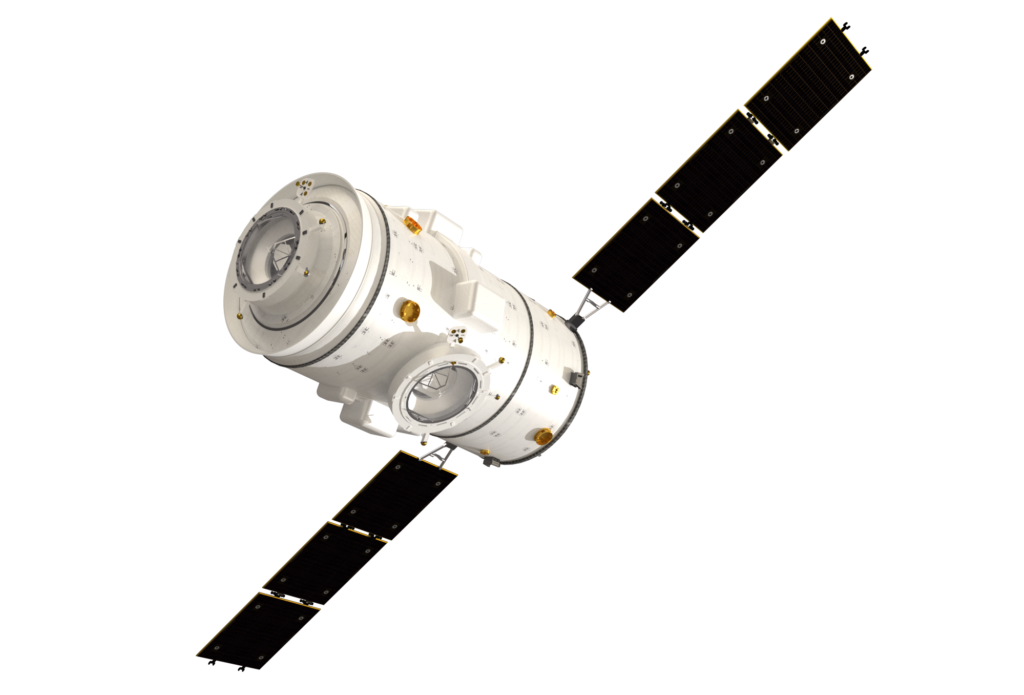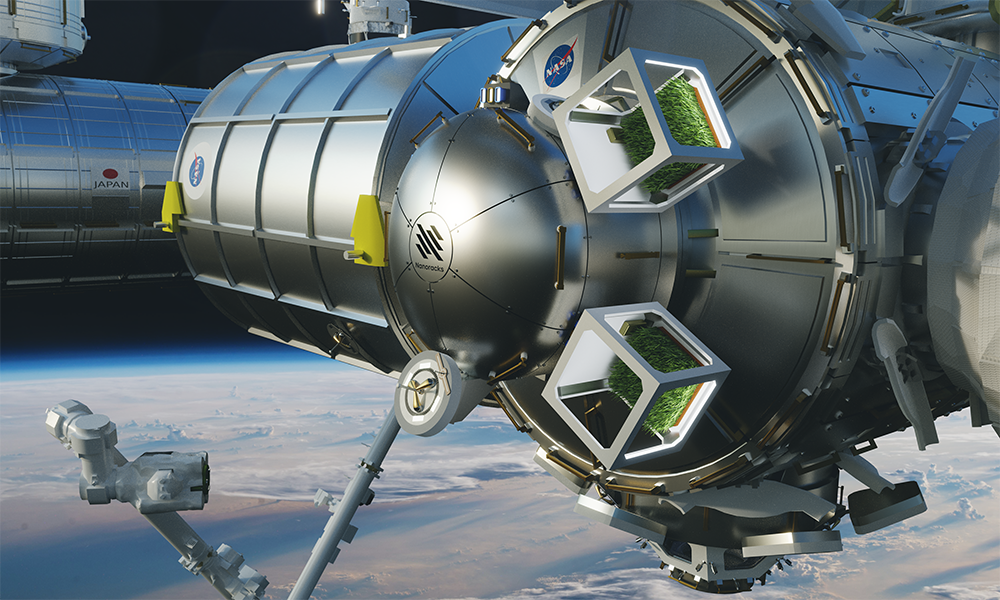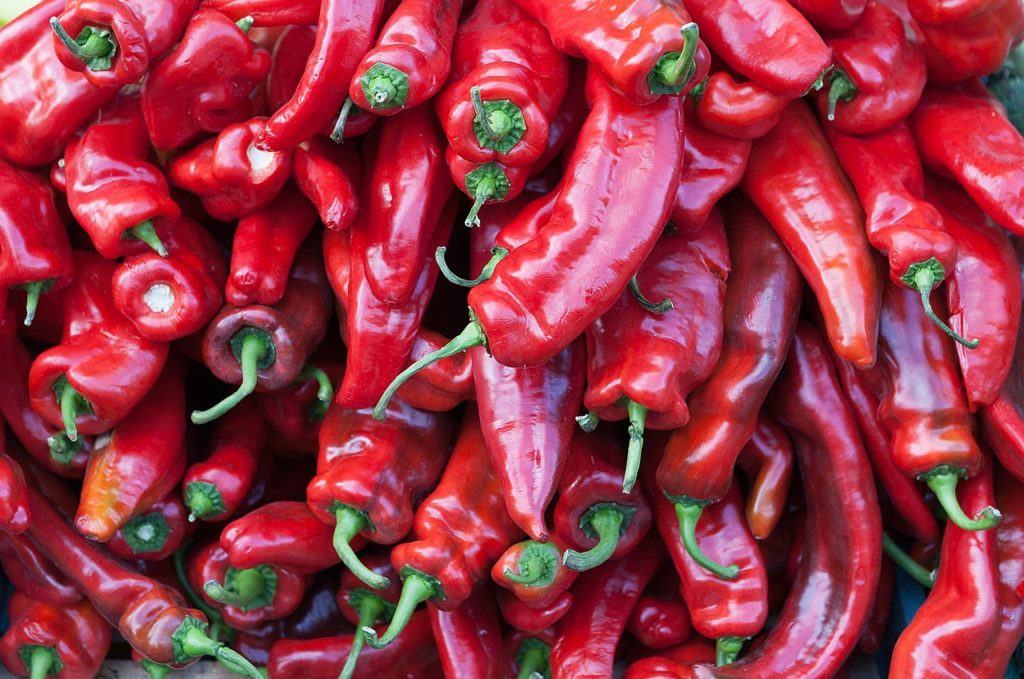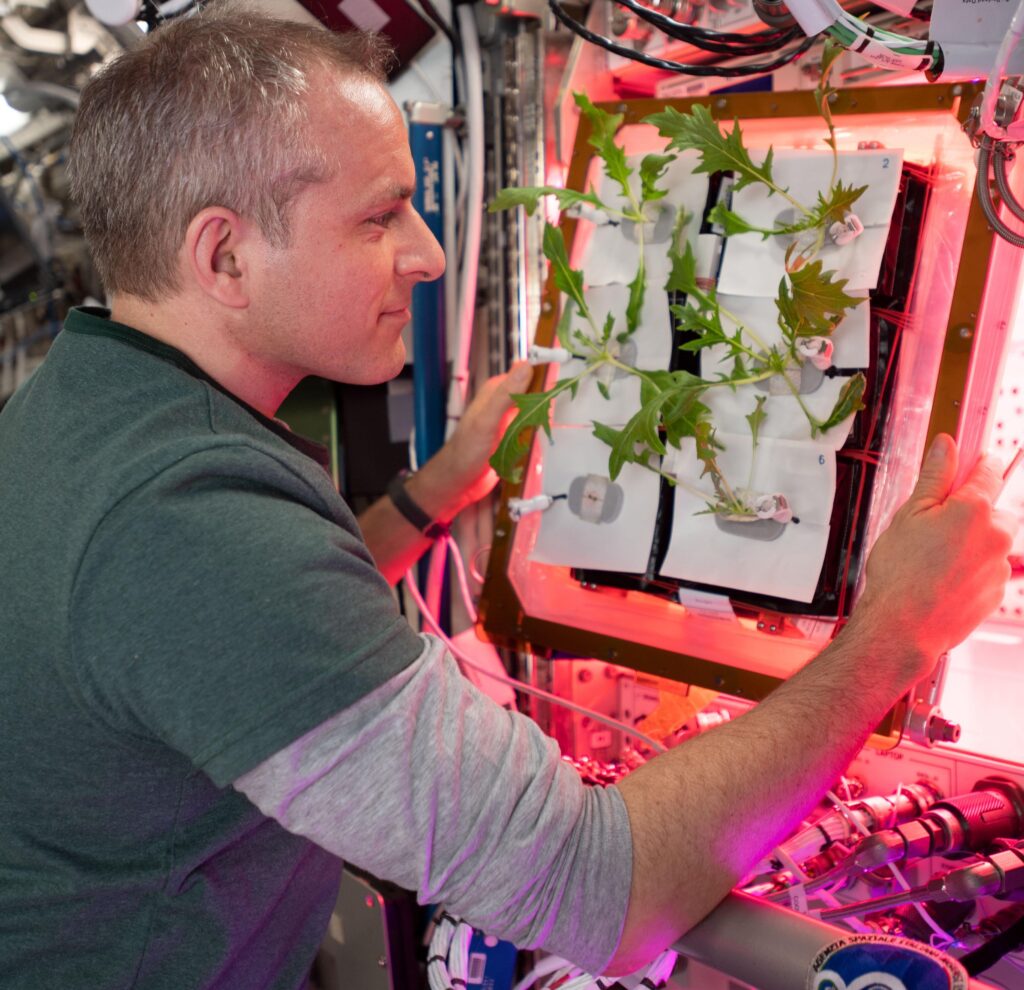
Credit: NASA. CSA astronaut David Saint-Jacques during Veg-04 Water Check and Mass Measurement Device Operations.
Creating a renewable food source in space is essential for a sustainable human presence in space. Plants will likely be an important component of such a sustainable space life support ecosystem for the same reasons they are valuable on Earth. Plants provide both a food source and aesthetic value on Earth. They are also a valuable source of raw materials for products, such as cotton for clothing. In space, they provide the added benefits of recycling exhaled carbon dioxide as well as offering the ability to recycle other human waste. There is also the hope that growing plants in thematic environments of space will lead to new botanical discoveries that will be beneficial to Earth agriculture.
For over fifty years, scientists have been researching whether plants can grow in space and how they react to the space environment. That effort continues. This article will identify and discuss recent space research and its significance.
Plant research must occur in a suitable place in space. That space must be capable of providing a suitable pressure and temperature, radiation protection, and communications capabilities. Although it is possible to construct such an environment in a standalone satellite, locating plant experiments in a location that already possesses those characteristics, such as space stations, tends to be much more convenient. There are presently two such stations: the International Space Station (ISS) and the Chinese Tiangong space station. Most contemporary plant research in space is conducted in these two locations. There are two recent exceptions. First was the Chinese Chang’e 4 lunar spacecraft (2018–2019) on which cotton plants were grown for a short time. The other was the European Eu:CROPIS satellite (2018–2019) which made it to space, but then experienced a malfunction.
This article focuses on research conducted on the ISS. There are currently two chief facilities for plant experiments there. The Advanced Plant Habitat (APH) is suitable for more rigorous plant experiments that require considerable environmental control and sensing. The VEGGIE chamber is suitable for a range of experiments, and is especially well suited for growing. There are sometimes other facilities which will be covered in a future story.

